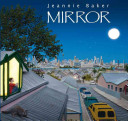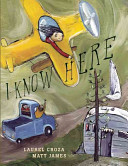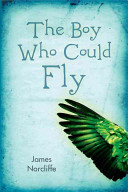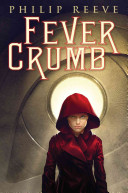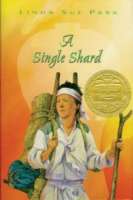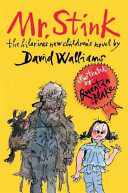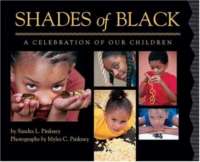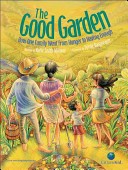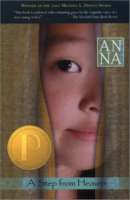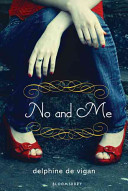
The international award-winning story of two girls from different backgrounds, united in friendship Parisian teenager Lou has an IQ of 160, OCD tendencies, and a mother who has suffered from depression for years. But Lou is about to change her life—and that of her parents—all because of a school project about homeless teens. While doing research, Lou meets No, a teenage girl living on the streets. As their friendship grows, Lou bravely asks her parents if No can live with them, and is astonished when they agree. No’s presence forces Lou’s family to come to terms with a secret tragedy. But can this shaky, newfound family continue to live together when No’s own past comes back to haunt her? Winner of the prestigious Booksellers’ Prize in France, No and Me is a timely and thought-provoking novel about homelessness that has far-reaching appeal.
See the review at WOW Review, Volume 4, Issue 1
